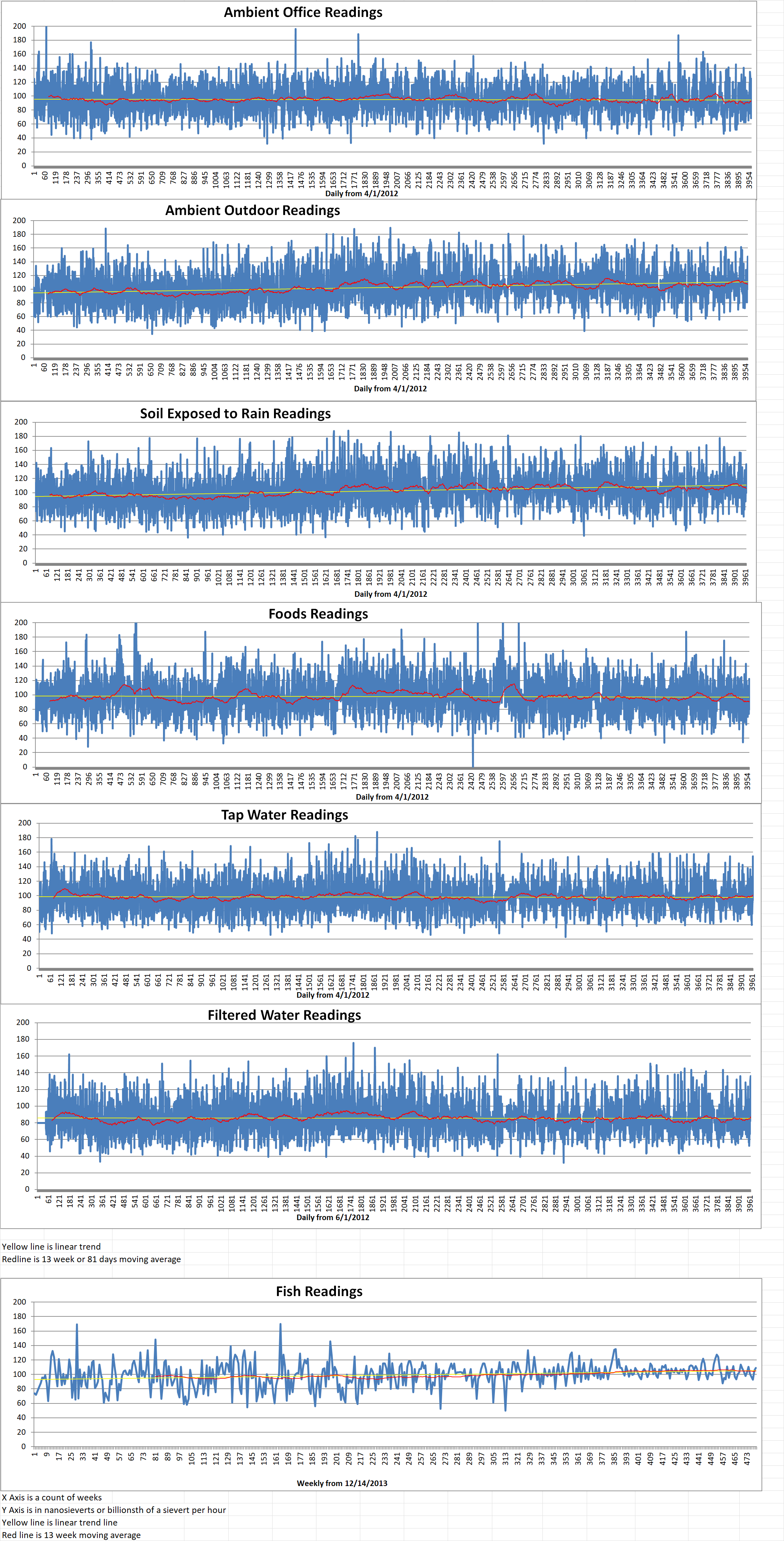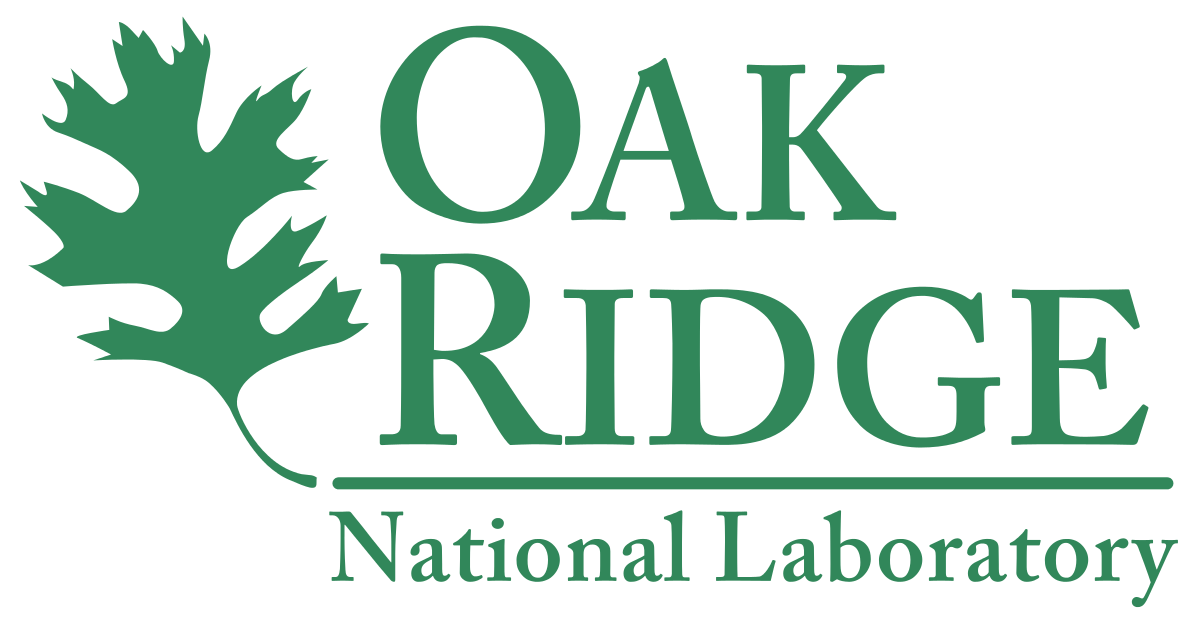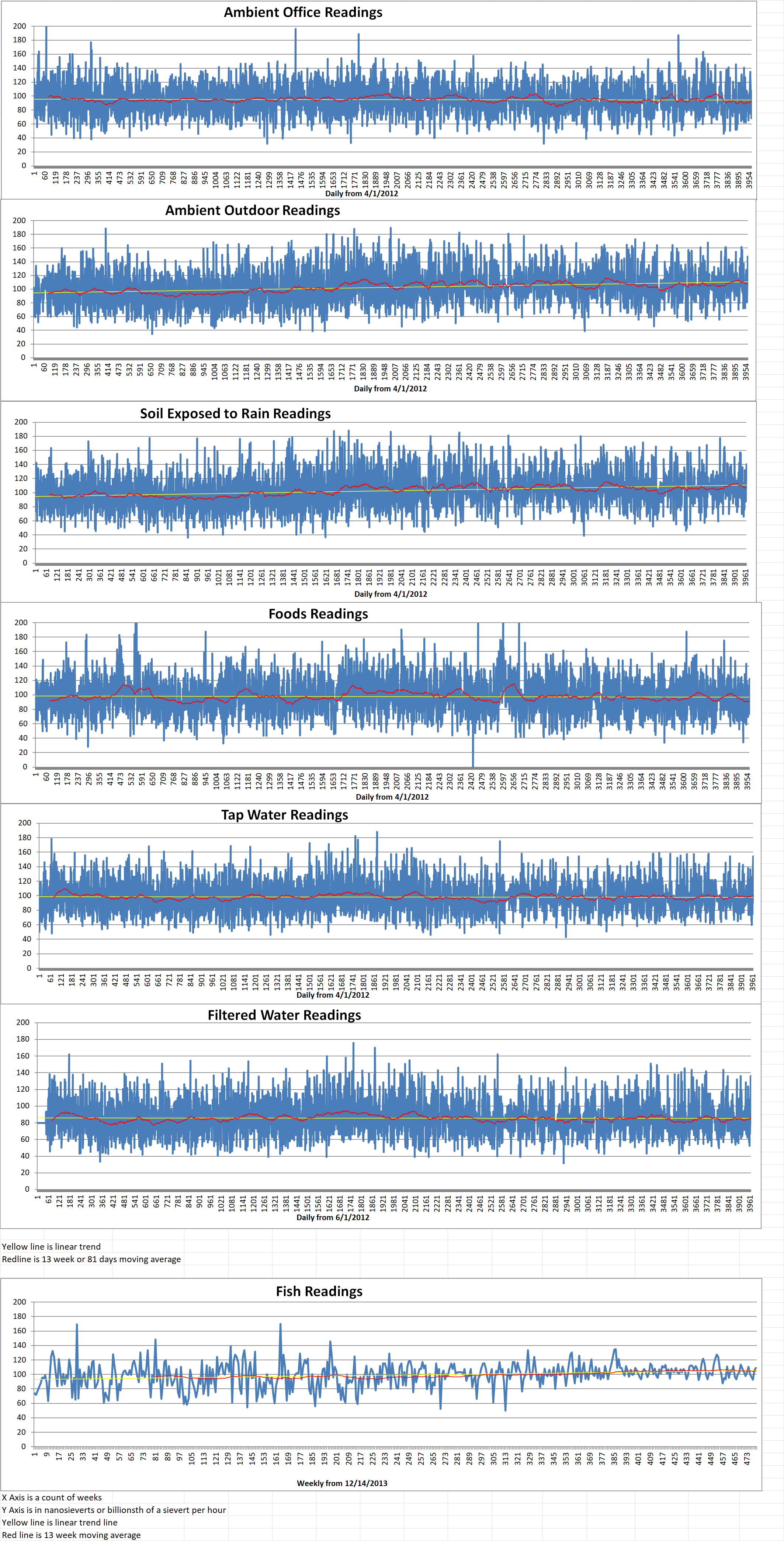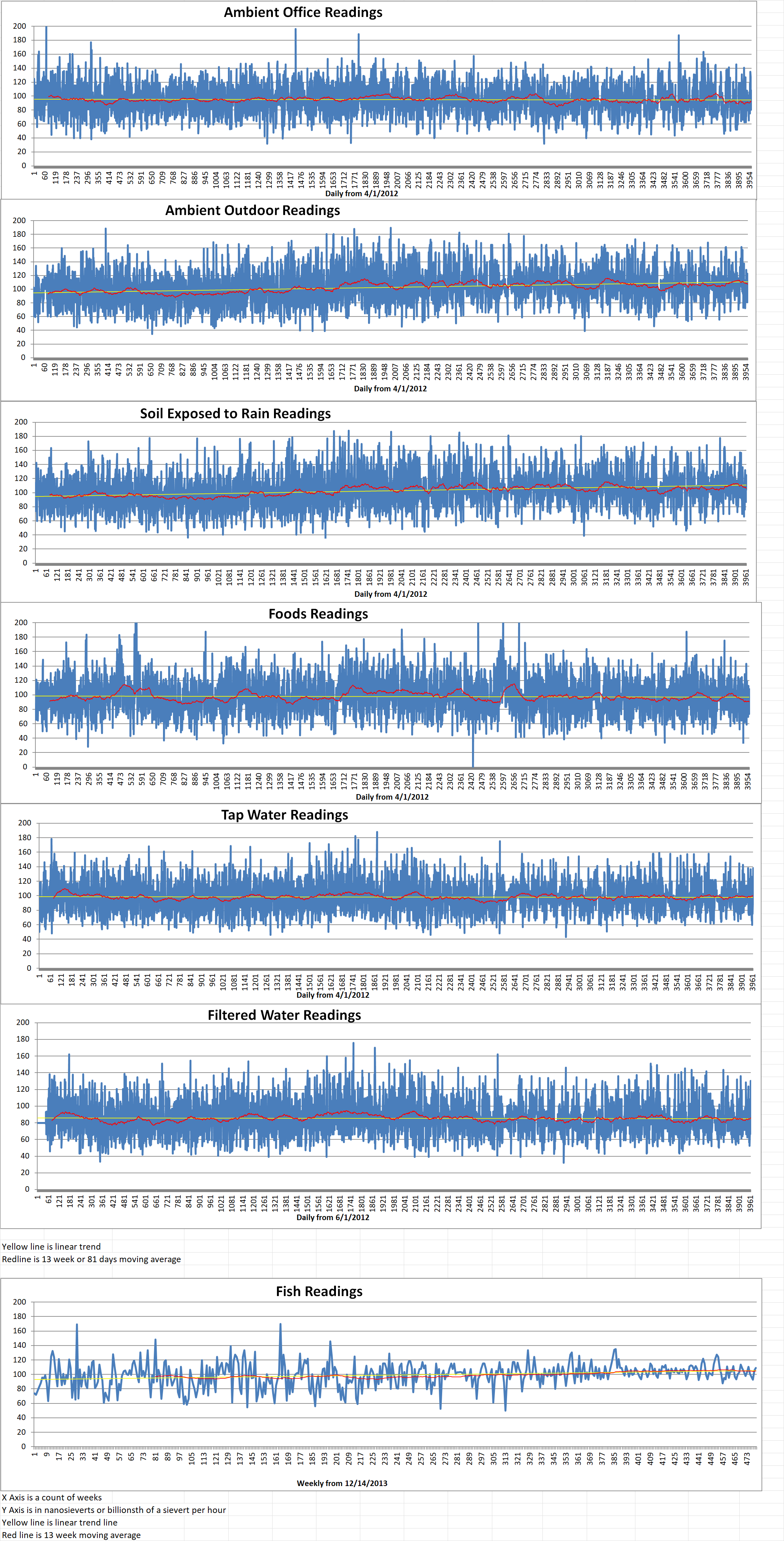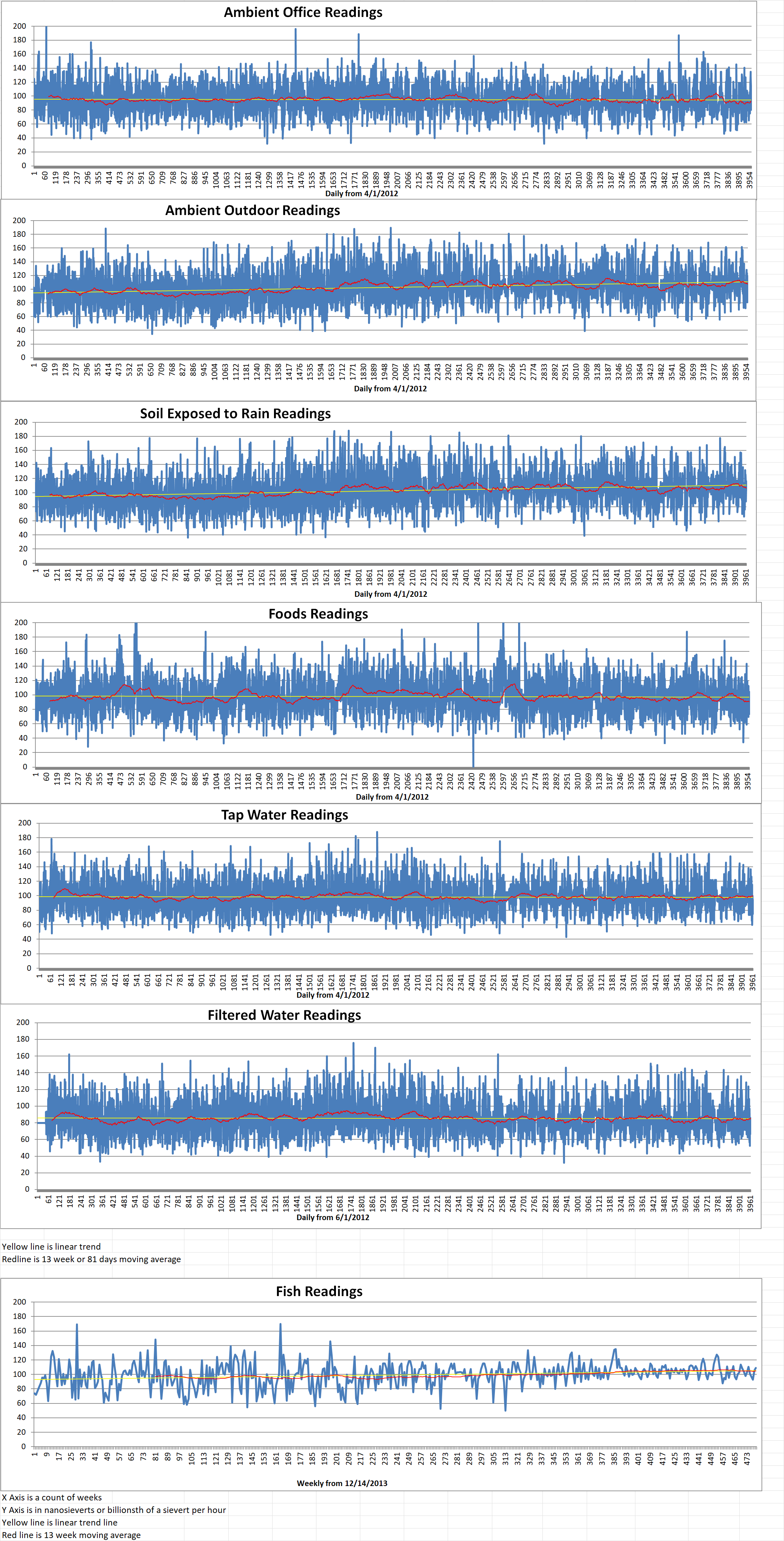Part 2 of 2 Parts (Please read Part 1 first)
Michael Smith is a nuclear space systems engineer at ORNL and a member of the development team for the new AR system. He said that the team envisioned three applications for the ORNL. These three uses are listed below.
The new AR system can be used for routine radiological surveys by the radiological control technician when the radiation source location is known. The AR system can both simulate real-time detectors measurements and record data from actual occupational use by personnel regularly engaged in radiation surveys.
The new AR system can be used for cases in which the radiation source locations is unknown to take real-time detector data, map the location of personnel, and rapidly communicate visual spatial radiation data to individuals or to groups of radiological personnel in search of an unknown radiation sources.
The new AR system can be used to train radiological workers who are in similar radiation environment daily but may have limited knowledge about the spatial characteristics of the hazards of known sources.
Teletrix produces its own products that are used by utilities, emergency response organizations, and government agencies. According to ORNL the lab is one of its customers. One of Teletrix’s products is VIZRAD. It is a virtual reality software system that simulates contamination on individual and workspaces. It can be used to train a user to properly scan someone with a detector by providing objective feedback on technique.
Jason O’Connell is the sales and business development manager for Teletrix. He said, “When I put the AR glasses on, it was obvious that ORNL’s technology and Teletrix’s tools were a great fit. Through the headset and the AR technology, we have the ability to track a person’s exact location within a room and inject source information into the room. . . . Having much more realistic readings on your instruments leads to better-prepared employees, better prepared trainees, fewer incidents—this technology will help make people in this industry safer.”
According to the ORNL development team, performance data collected from about forty participants indicated that “statistically significant behavioral changes after minimal training with AR representations of radiation fields.” ORNL staff experimentally validated the method of coupling AR technologies with accurate measurements in a study using cesium-137 in ORNL’s Nuclear Radiation Protection Division demonstration facility.
As AR glasses become more sophisticated and cheaper, they will be adopted more widely, especially for industrial applications. In addition to uses for radiation monitoring, any detection system for environmental factors that has sufficient granularity could be displayed in AR. Thermal monitoring would be a possible candidate for this application. A monitoring system that employed a large number of screens to display information would definitely benefit from AR adoption. Instead of the expense of purchasing, installing, and maintaining a large number of conventional computer displays, those same images could be displayed with AR glasses much more cheaply and easily. Workers at a nuclear power plant could have access to important monitoring systems anywhere in the plant instead of being required to be in the control room.

